Trees
Abney Park's 13 hectares of woodland is home to around 200 'old' trees. The site's history as a woodland started in 1840 when it was planted as an exotic arboretum by the famous Victorian horticulturalists the Loddiges. Today there are still some specimens that remain from that planting, as well as others that were planted later in the 19th century.
Abney's big, old trees are vital for providing homes for bats, owls and other large animals. Even more importantly, many insects and fungi can only exist where there are old trees at just the right stage of decay.
Abney has a remarkable diversity of insects and fungi, with many locally and even nationally rare species. Beautiful Orange Shield Cap and Silky Rosegill toadstools can be found growing on rotting poplar wood in late summer and autumn. Other rare fungi live inside the old trees. Hundreds of species of insect, most of which have yet to be identified, inhabit the dead and dying trees.
The Abney Park Veteran Tree Project
The Abney Park Veteran Tree Project was funded by the London Tree and Woodland Grant Scheme, with the aim of protecting and promoting Abney's veteran trees - trees that are of particular value to wildlife due to damage, decay or old age. In 2009, over 170 old trees at Abney were surveyed and 60 were found to have veteran characteristics.
Plants
Abney's open rides are a haven for a variety of wild plants and flowers. Spring is a wonderful time to wander through a riot of green dotted with delicate flowers in all colours. The pretty pink flowers of herb robert attract bees. Wild garlic sports spiky balls of white petals. And bluebells and crocuses cluster together in riots of colour.
What may look like neglected overgrown ground is valuable habitat: nettles and grasses are needed by butterflies and their caterpillars to feed and breed.
Remember - Abney is a nature reserve so please don't pick anything and leave the flowers and plants for others to enjoy.
Fungi
Abney is home to many species of fungi, some quite rare and/or unsual in London. As an old woodland, there's lots of rotting wood, which is an important part of a healthy ecosystem, releasing nutrients back into the soil, making them available again. Playing their part in this process are a lot of fungal species that feed on wood, such as inkcaps.
It's not advisable to forage any ground fungi in Abney; there are some species that look like field mushrooms, but these are usually Yellow stainers (Agaricus xanthoderma) which are not edible. Even edible species are likely to be full of arsenic (from the Victorian embalmed bodies) and lead (from the Victorian lead lined coffins and the London car pollution) and should really carry a Government Health Warning as a result.
Abney is also home to slime moulds. Slime moulds are strange things. They have a feeding phase where they grow through whatever it is they feed in. Then they change. They move very slowly (you won’t see this happening if you stare at them), and develop spore producing structures, often in bright colours.





